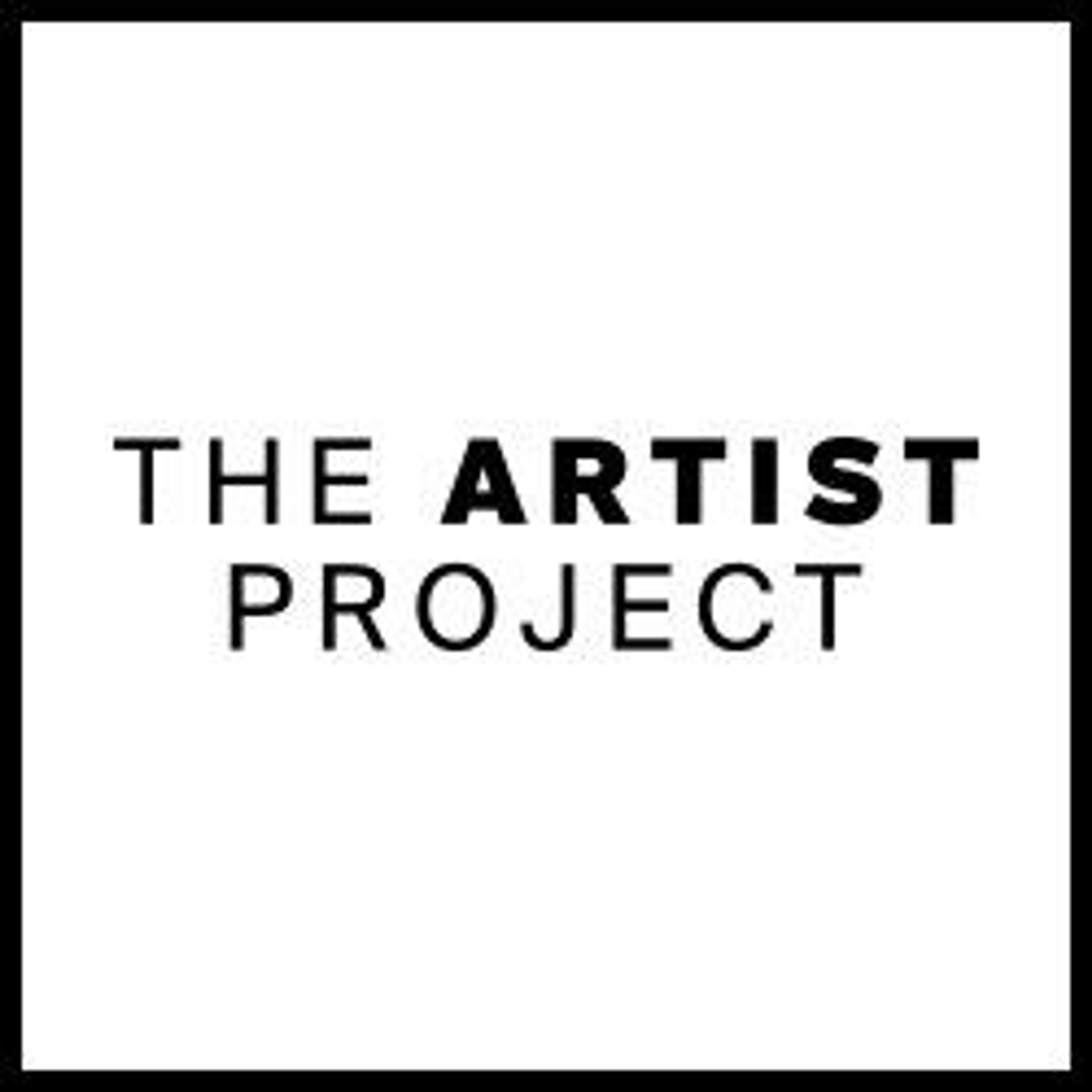Hanuman Conversing
One of the most appealing Hindu deities, Hanuman’s bravery, courage, and loyalty throughout the Ramayana epic are renowned. Here, he gestures obeisance to Rama with his raised left hand while engaging in animated discussion with his Lord. This sculpture was part of an ensemble with Rama, Sita, and Lakshmana at its center. It was included among an assemblage of processional icons kept by Vaishnava temples in South India for festival use. Typical of Chola-period representations, Hanuman has assumed anthropomorphic form, with only his face and tail confirming his monkey identity. Among the finest bronze images of Hanuman to have survived from the Chola kingdom of south India, this work embodies his noble, virtuous character with great sensitivity.
Artwork Details
- Title:Hanuman Conversing
- Period:Chola period
- Date:11th century
- Culture:India (Tamil Nadu)
- Medium:Copper alloy
- Dimensions:H. 25 3/8 in. (64.5 cm); W. 7 1/4 in. (18.4 cm)
- Classification:Sculpture
- Credit Line:Purchase, Bequests of Mary Clarke Thompson, Fanny Shapiro, Susan Dwight Bliss, Isaac D. Fletcher, William Gedney Beatty, John L. Cadwalader and Kate Read Blacque, Gifts of Mrs. Samuel T. Peters, Ida H. Ogilvie, Samuel T. Peters and H. R. Bishop, F. C. Bishop and O. M. Bishop, Rogers, Seymour and Fletcher Funds, and other gifts, funds and bequests from various donors, by exchange, 1982
- Object Number:1982.220.9
- Curatorial Department: Asian Art
More Artwork
Research Resources
The Met provides unparalleled resources for research and welcomes an international community of students and scholars. The Met's Open Access API is where creators and researchers can connect to the The Met collection. Open Access data and public domain images are available for unrestricted commercial and noncommercial use without permission or fee.
To request images under copyright and other restrictions, please use this Image Request form.
Feedback
We continue to research and examine historical and cultural context for objects in The Met collection. If you have comments or questions about this object record, please contact us using the form below. The Museum looks forward to receiving your comments.
